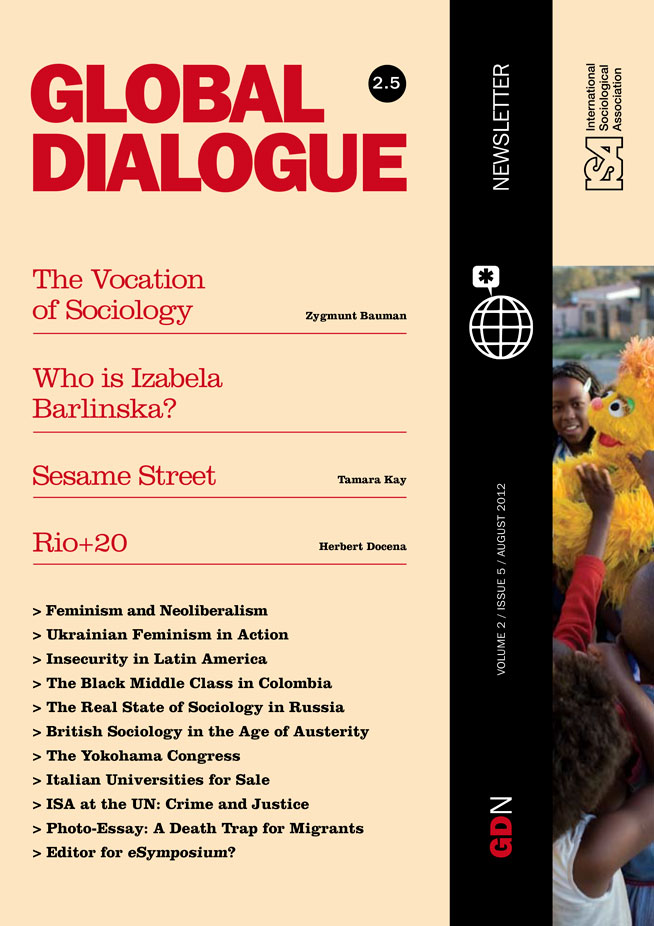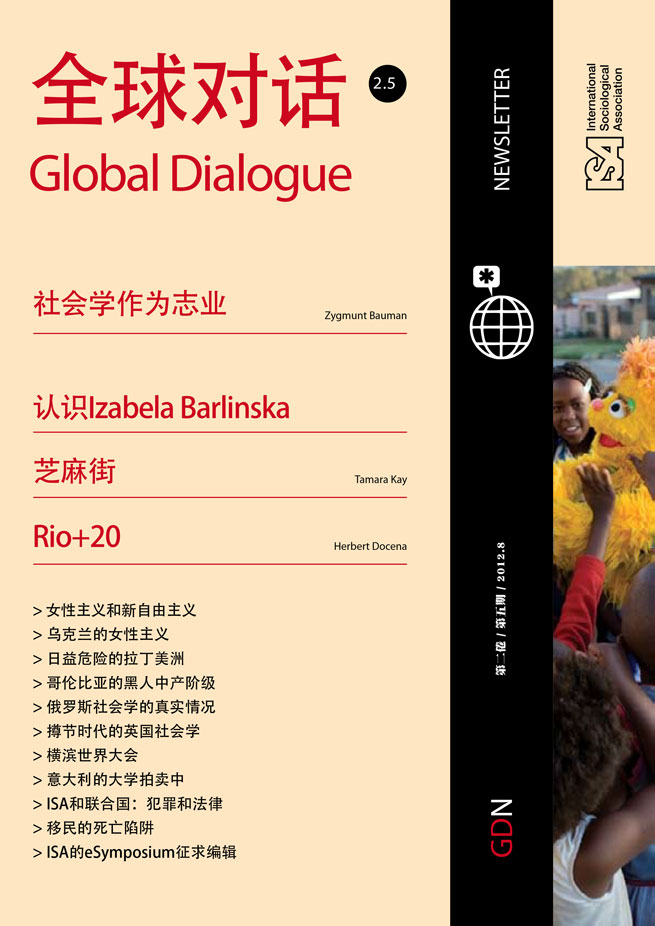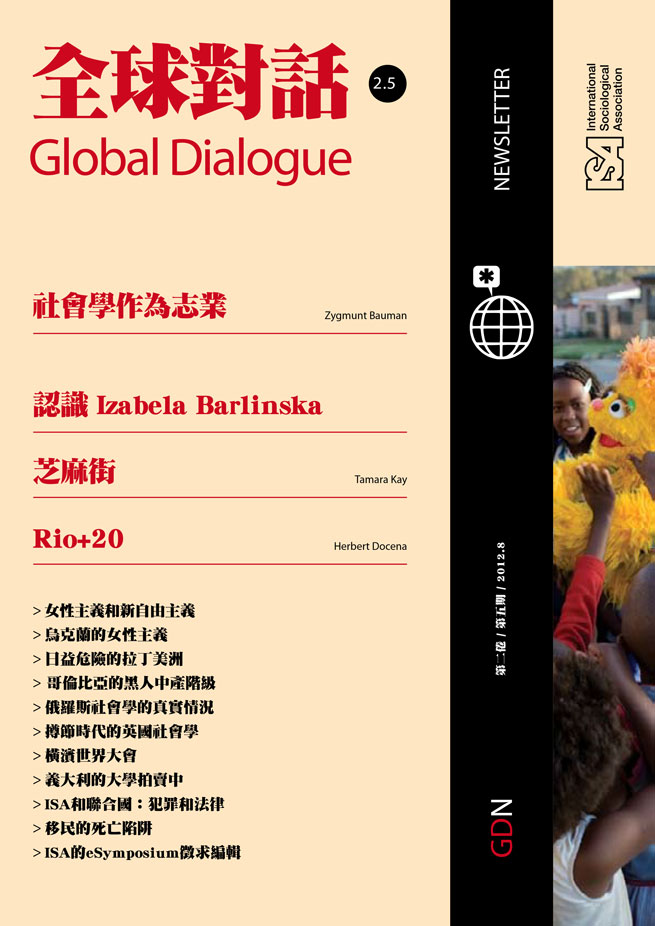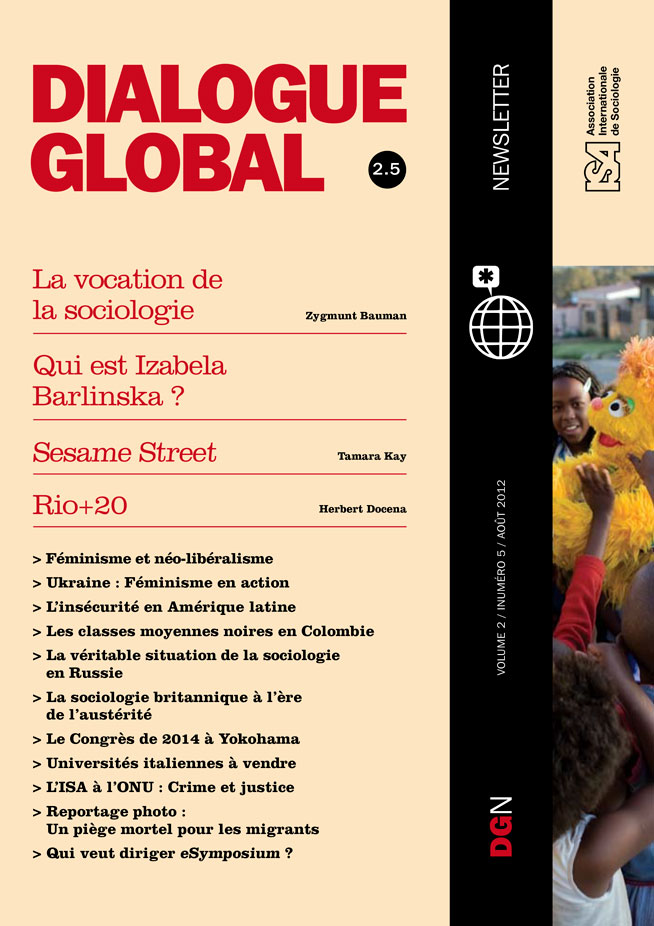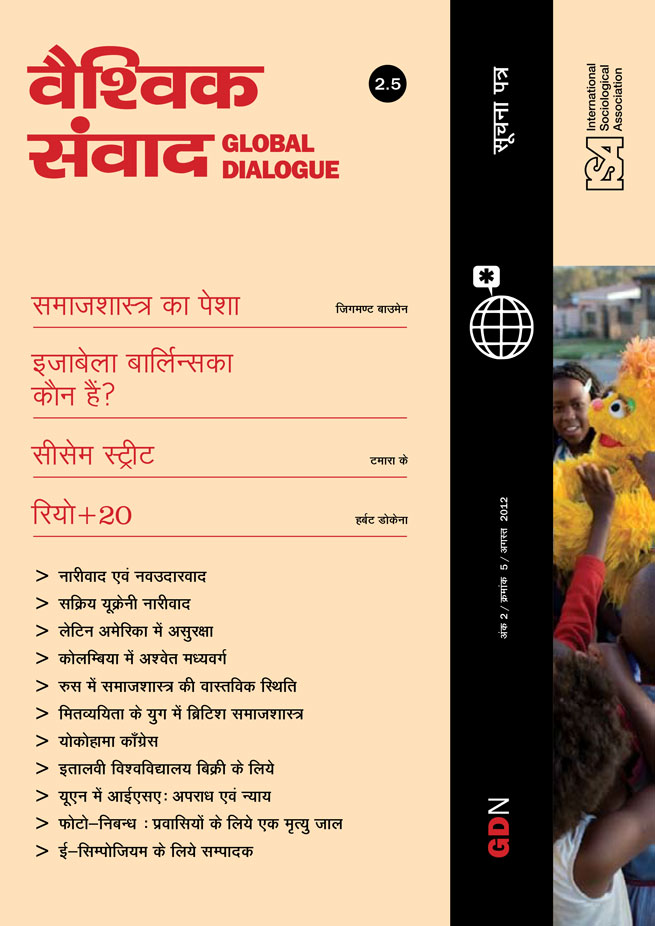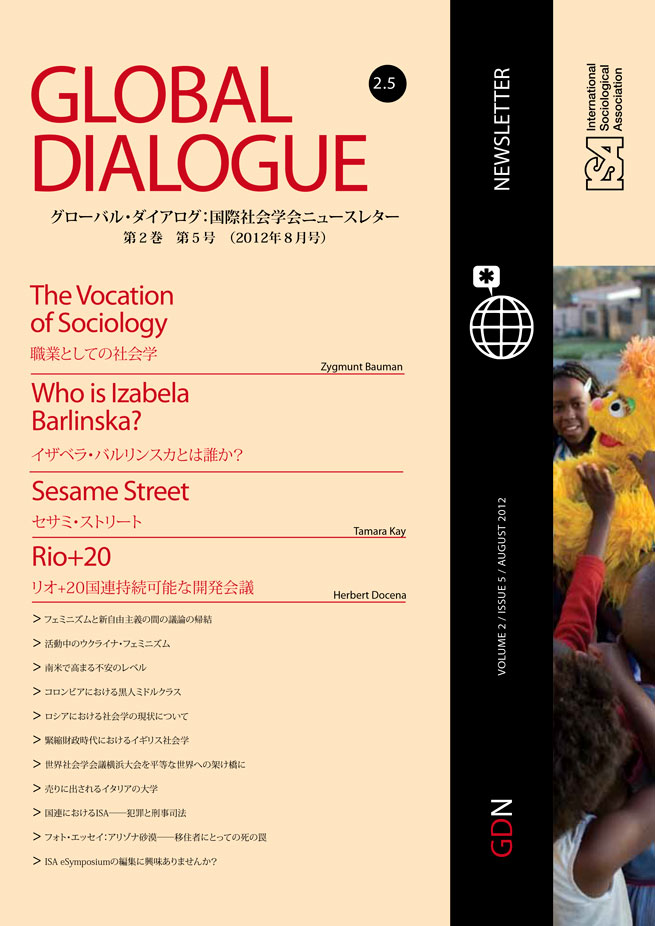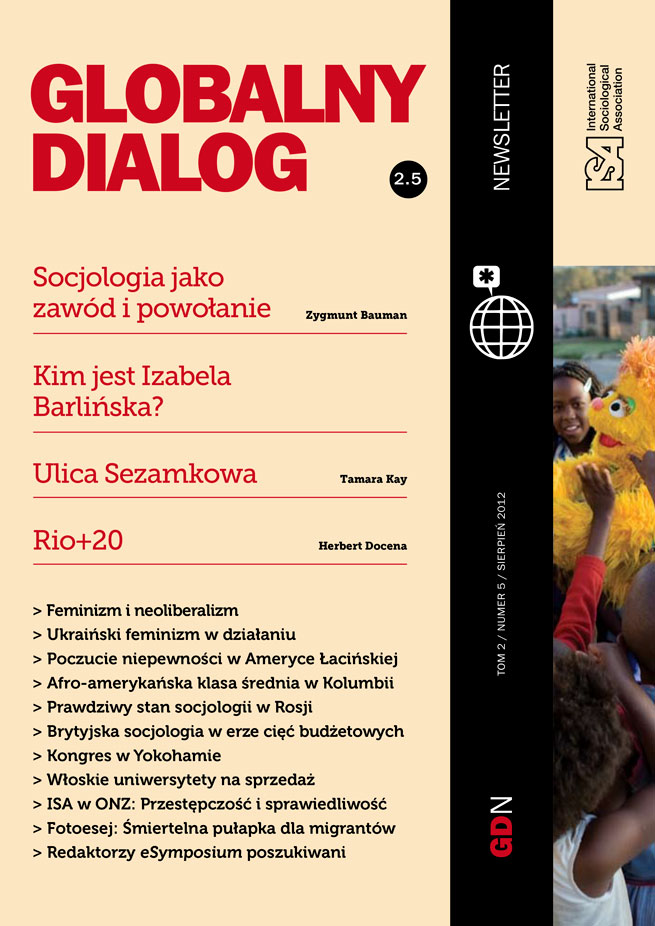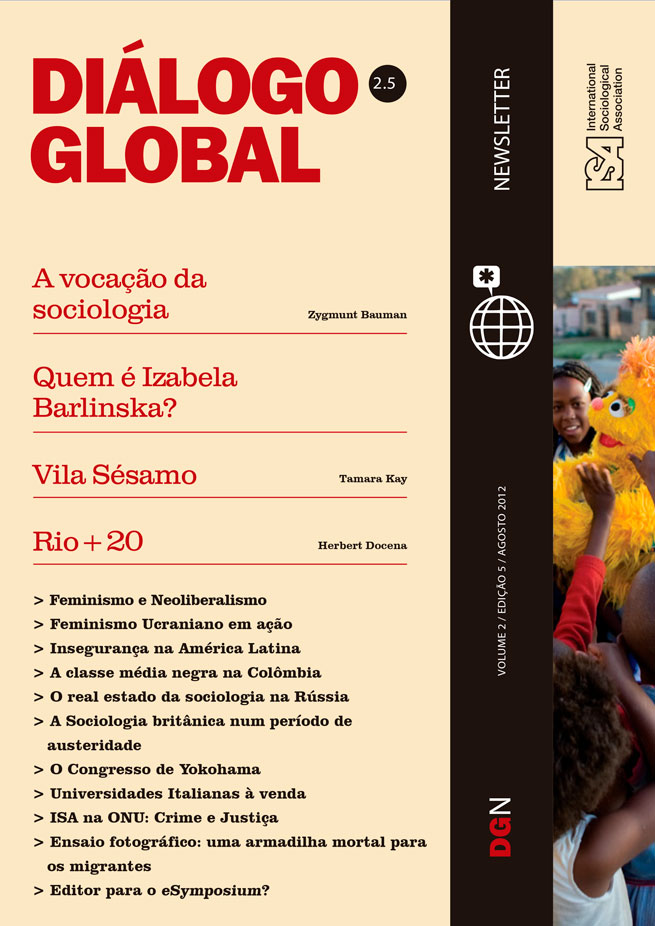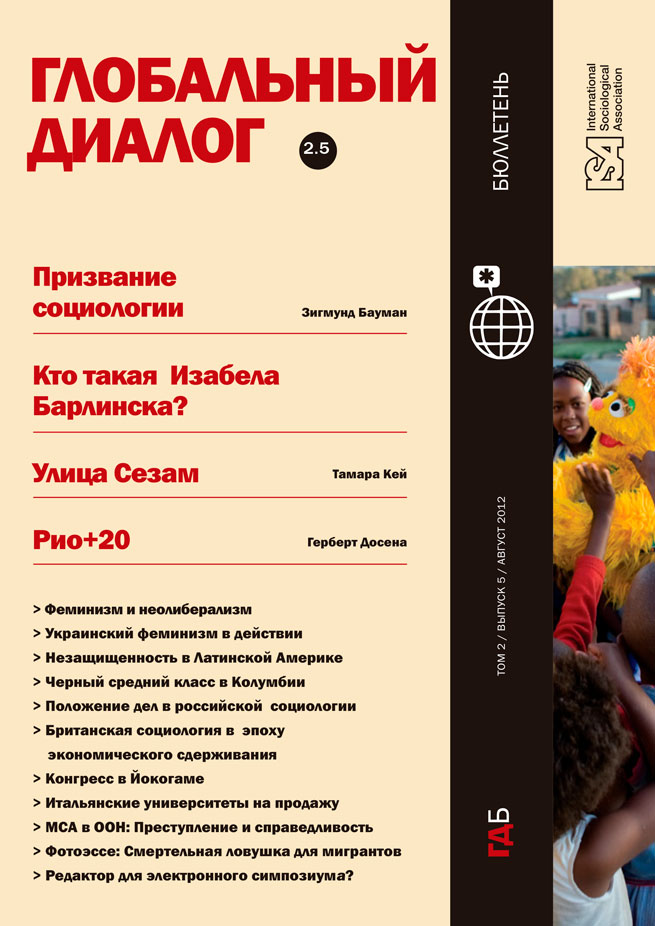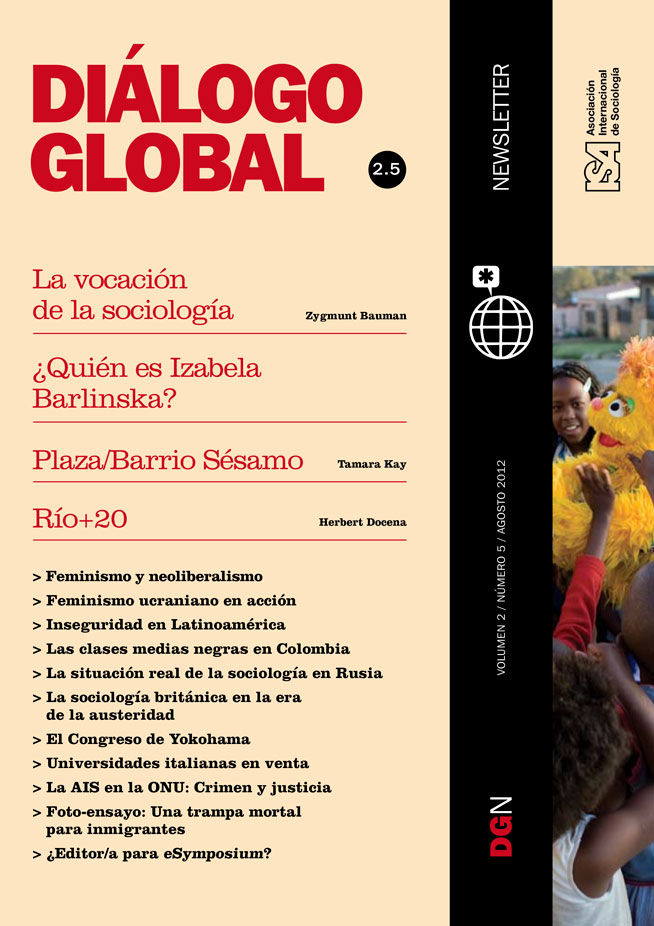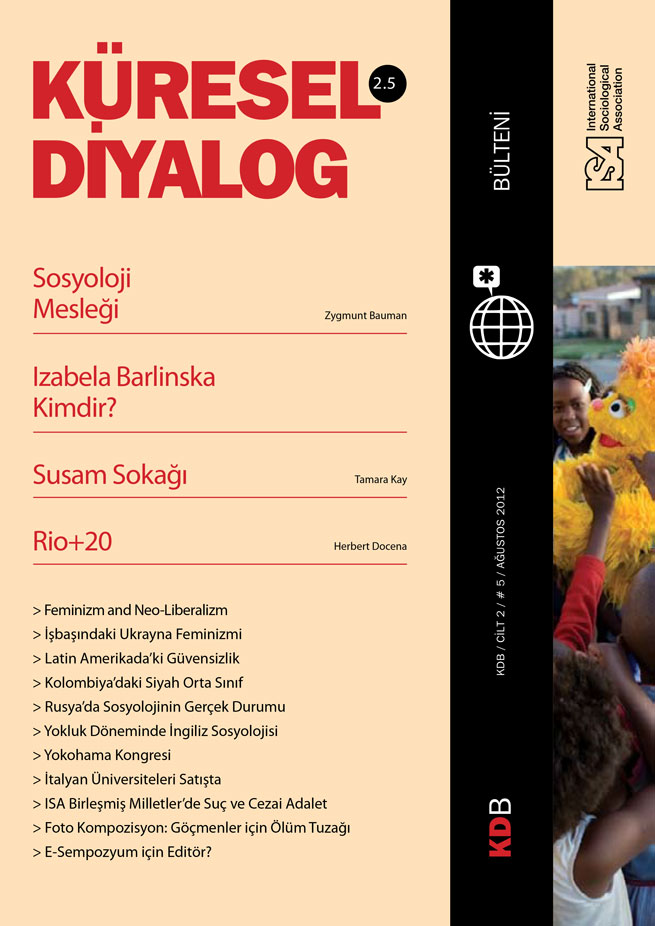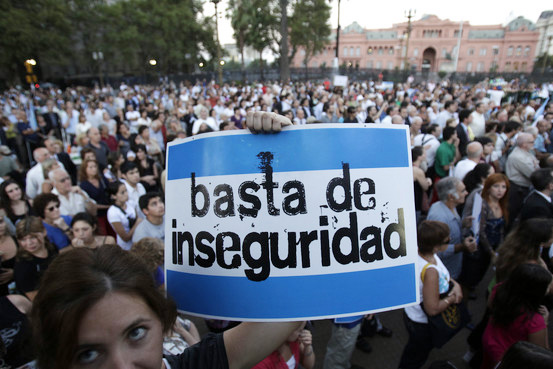Read more about Stratification in Latin America
The Black Middle Class in Colombia: A Social Oxymoron?
by Mara Viveros Vigoya
July 13, 2012
Concern about crime has spread throughout Latin America. This is not surprising given that this region, which contains only 14% of the world’s population, accounts for about 40% of all homicides with firearms. Fear of crime is very high even in countries with relatively low crime rates, such as Argentina, Costa Rica, Chile and Uruguay. Using a multiple methods approach, I studied the “feeling of insecurity” in Argentina and made comparisons with other countries in the region.[1] The expanding fear of crime produces particular consequences in peoples’ social imaginaries and practices. The widespread agreement that this is a public problem, qualitatively different from the past, raises a series of questions about the causes, the personal risks, and the necessary solutions. The answers make up the pieces of a sociological account of insecurity. This approach to reality tells us which emotions are logical to feel, and it also projects itself into the realm of action and obligatory precautions, which we call insecurity management. The spread of unease also contradicts research findings from an earlier period when worries were more limited. On one hand, this modifies the classic link between fear and authoritarianism. On the other hand, the paradoxes of insecurity – that is, the enigma of why the groups that are apparently least victimized are the most fearful – change as well.
Since the first studies in the United States in the 1960s, fear of crime has shown itself to be relatively autonomous from actual crime. It tends to grow along with victimization, but once installed as a social problem, it no longer diminishes even if crime rates go down. The usual definition of fear of crime is an emotional response to fear or anxiety in the face of crime, or of symbols that people associate with crime. We prefer the notion of “a feeling of insecurity,” on the premise that although references to fear still play a central role, this concept includes other relevant emotions, like anger, indignation, or impotence, and it includes political concerns, stories about their causes, and the actions that make up insecurity management.
Now, what is insecurity, according to Argentinean interviewees? Insecurity and breaking the law are not necessarily in direct correspondence. The particular characteristic of insecurity is the randomness of danger. Insecurity appears as a threat – to property and especially to human beings – which could swoop down on anyone. One of its facets is the re-location of danger: the end of the division between clearly defined safe and unsafe zones. Another is the relative disidentification of the figures of fear: the perception of threat is no longer limited to the most stigmatized images, like young people from marginalized groups, but, instead, an extension of distrust towards anyone. This multiplicity of images and dangerous places reinforces the feeling of a random and omnipresent threat.
Studies of the topic have focused on answering a series of questions and paradoxes: Why is insecurity apparently higher among the groups that are least victimized, like women and the elderly? What is the relationship between fear and social class? I considered these paradoxes in the Argentinean case using triangulation between qualitative and quantitative methods. Regarding class, the quantitative differences are not very marked, but in the qualitative data, distance and proximity proved important differentiating axes. The popular classes perceive a physical and social closeness to the threat, while the middle and upper classes experience social and physical distance from crime. Proximity influences the kind of political reading that gets constructed, in general, “from below towards above.” In popular neighborhoods, there are many local debates based on concrete cases, and the discussion revolves around the community itself. In middle- and upper-class areas, distance fosters a view “from above towards below,” an explanation based on social or political processes without individual reference points. Nevertheless, closeness does not in itself imply more empathy nor distance more punitive positions. Proximity can lead to moral condemnation, because despite the difficult social conditions common to all, “my children don’t steal,” or, on the other hand, family members can be excused on the grounds that “at heart they’re not bad kids.” Distance is typically linked to an appeal to structural causes, but also to the extreme reactionary position that considers this a “contemporary form of guerrilla warfare.” Thus, greater or less punitiveness is not particular to a given social class – one of the themes of debate in the region.
The central paradox revolves around gender. Data has constantly shown greater fear among women, and related debates have also highlighted this difference. Yet, when insecurity expands, the gender differences around the “rules of feelings and expression” become less. For men, it becomes more legitimate to feel and express fear. More generally, in the triangulation between surveys and qualitative interviews, the same subjects that in the surveys said they were not afraid came to the conclusion, during the interviews, that they had a “logical” fear, given the definition of the situation.
When fear was an attribute of a minority, it could be observed in direct relationship with authoritarian attitudes. The current debate in the region is whether the increase in feelings of insecurity is generating more punitiveness. In general, insecurity gets processed differently according to the pre-existing political ideology, although insecurity can also erode democratic convictions. In the stories of insecurity, we can see what we call “punitive landslides” –a shift from more benign positions towards supporting more harsh measures – even if not the most extreme. More than anything, there is an erosion of the so-called explanation for the social crisis. In the past decade, there was consensus that crime was a negative consequence of neoliberal reforms. Today, after several years of growth and decreasing poverty and inequality, crime has hardly diminished. Therefore, for Latin American academia, this poses the challenge of building more refined explanations for increasingly punitive discourses. As in other contexts, such punitive discourses point to explanations that shift from social structure to blaming the subjects.
These are just a few of the questions that the expanding feeling of insecurity poses. The responses that academics are able to achieve, and the form in which we can convey those responses to the rest of society, will depend greatly on the quality of our democracies.
[1] Kessler, G. (2009) El sentimiento de inseguridad – Sociología del temor al delito [The Feeling of Insecurity: Sociology of the Fear of Crime]. Buenos Aires: Siglo XXI Editores.
by Gabriel Kessler, National University of La Plata, Argentina
This issue is not available yet in this language.
Request to be notified when the issue is available in your language.
If you prefer, you can access previous issues available in your language:

